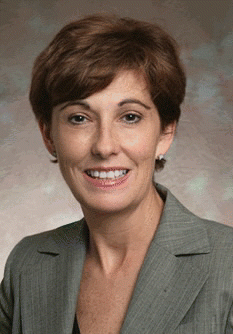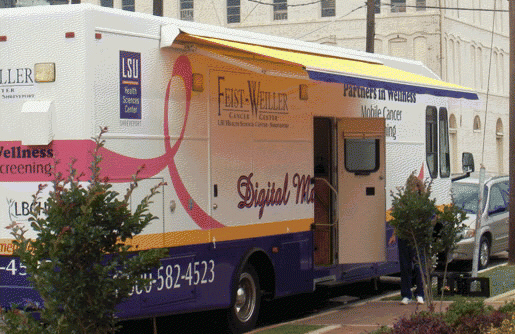Results are checked as normal or abnormal, and participants know by the end of the exam whether they have a suspicious lesion and if they need to pursue follow-up care, she said.
Explore This Issue
August 2009Dr. Hapner currently has grant funding through Emory University to examine epidemiological information gathered from the screenings.
 We would do screening in our office or at the mall for free to reach out to the community, but we weren’t getting to the masses. So we took the concept of free screening to the racetrack.
We would do screening in our office or at the mall for free to reach out to the community, but we weren’t getting to the masses. So we took the concept of free screening to the racetrack.Over the last seven NASCAR race days held, Dr. Hapner and her colleagues have screened 1455 people. This population smokes cigarettes and uses smokeless tobacco at twice to three times the national average, respectively, she said. Screening participants also started smoking at a younger age than the general population, and the relapse rate on smoking cessation is higher.
We also found concerning findings in about 12% of the people we screened, which is significantly higher than what would be expected, said Dr. Hapner.
Dr. Hapner and her research partner, Justin Wise, PhD, are following up with all participants to see if they sought further care based on their screening results. They will also see if tobacco cessation counseling offered on screening days had any impact on risky behavior. The results are expected to be published by the end of the year and will be presented at several national conferences this year.

Overall, screening at NASCAR has taken off from a public relations standpoint, and public relations is important to the success of cancer screening, said Dr. Johns. For example, colon cancer was not on the media map until Katie Couric’s husband died from the disease and she became an advocate of screening, he added.
Because of the success of the NASCAR screenings, Dr. Hapner and her colleagues in Atlanta were commissioned to train a group of volunteers in Indianapolis to replicate the event in at the Allstate 400 at the Brickyard racetrack in July, with funding from Bristol-Myers Squibb. Screenings were offered in the vendor area inside the track on the day before and the day of the race.
Targeting the Homeless Population
Otolaryngologists are also offering screening for oral, head and neck cancer to the homeless, an at-risk population due to its lack of access to health care.
Leave a Reply